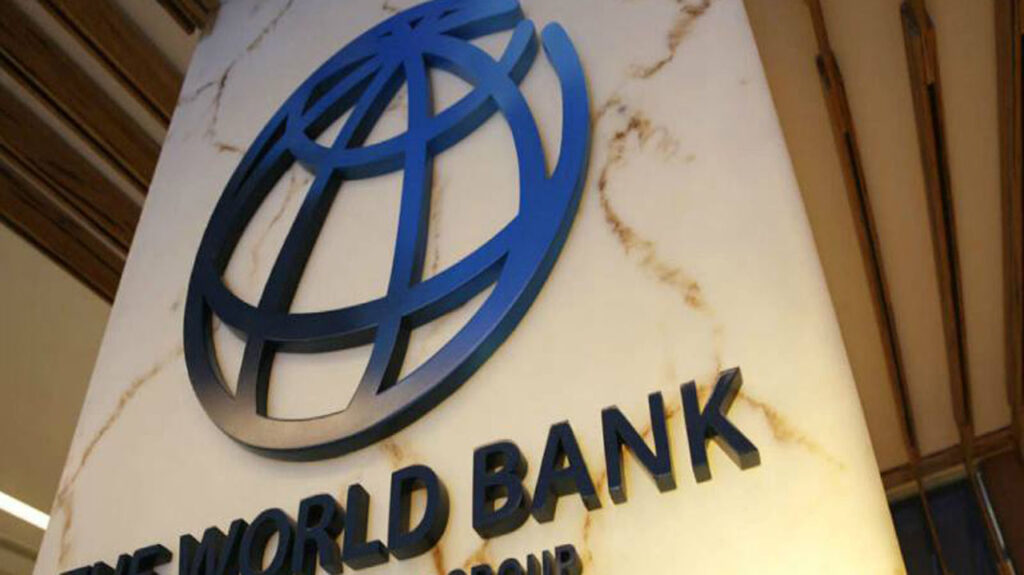
- Purchasing Power Erosion: Inflation reduces the purchasing power of money over time, meaning that the same amount of money will buy fewer goods and services in the future.
- Fixed Income Strain: Many retirees rely on fixed-income sources such as pensions, annuities, or fixed-rate bonds. Inflation can erode the real value of these fixed income streams, leading to decreased standard of living for retirees who depend on them.
- Increased Cost of Living: Inflation leads to higher prices for goods and services, including essential items such as food, housing, and healthcare. Retirees may face increased expenses in retirement, putting pressure on their savings to cover these rising costs.
- Impact on Investment Returns: Inflation can impact investment returns by reducing the real rate of return. Investments may need to outpace inflation to maintain their purchasing power, requiring retirees to take on more risk or seek higher returns, which could expose them to greater investment volatility.
- Longevity Risk: Inflation exacerbates longevity risk, which is the risk of outliving one’s retirement savings. As inflation erodes the purchasing power of savings over time, retirees may find it challenging to maintain their desired lifestyle throughout their retirement years, especially if they live longer than expected.
The Casinoenligneguru team has prepared a table that reflects the complexity and diversity of pension systems in six countries, highlighting the differences in how these nations prepare for and manage retirement amid economic challenges such as inflation. It illustrates how retirement age, contributions, and pensions vary and how these factors might interact with inflation to impact the financial security of retirees.
| Country | Retirement Age | Monthly Contributions | Basic Pension | Additional Factors |
| Japan | 65 years | ¥16,610 (monthly) | ¥50,000 (approx.) | High cost of living, with an average monthly expense exceeding basic pension amounts. High elderly crime rate due to financial need. |
| Poland | 65 years (men), 60 years (women) | 19.52% of salary (split between employee and employer) | Varies (min. 853 PLN) | Recent reduction in retirement age to promote youth employment. Voluntary second-pillar pensions, with limited investment options. |
| Germany | 67 years | 18.7% of salary (split equally between employee and employer) | Based on lifetime contributions | No minimum pension, pension amount is proportional to the contributions and salary. The state pension system is primarily funded through current workers’ contributions. |
| Norway | 67 years, early retirement at 62 with hazardous work conditions | Determined by parliament (18.1%) | Proportional to contributions, minimum set by years of service | Comprehensive system with state, occupational, and voluntary pensions. Fund investments managed by the government and the central bank. |
| USA | 67 years | 7.65% of salary (15.3% for self-employed) | Based on 40 credit system | Social Security is the primary public provision, with private and 401(k) plans significant. Variability in pension based on state, salary, and sector. |
| China | 60 years (men), 55 years (women) | 8% of salary (employee), 20% (employer) | Minimum around 500-600 yuan | Regional variability in pension funds and amounts. Pending increase in retirement age due to demographic pressures. |
These impacts highlight the importance of incorporating inflation protection strategies into retirement planning to help preserve the purchasing power of savings and ensure financial security in retirement.













